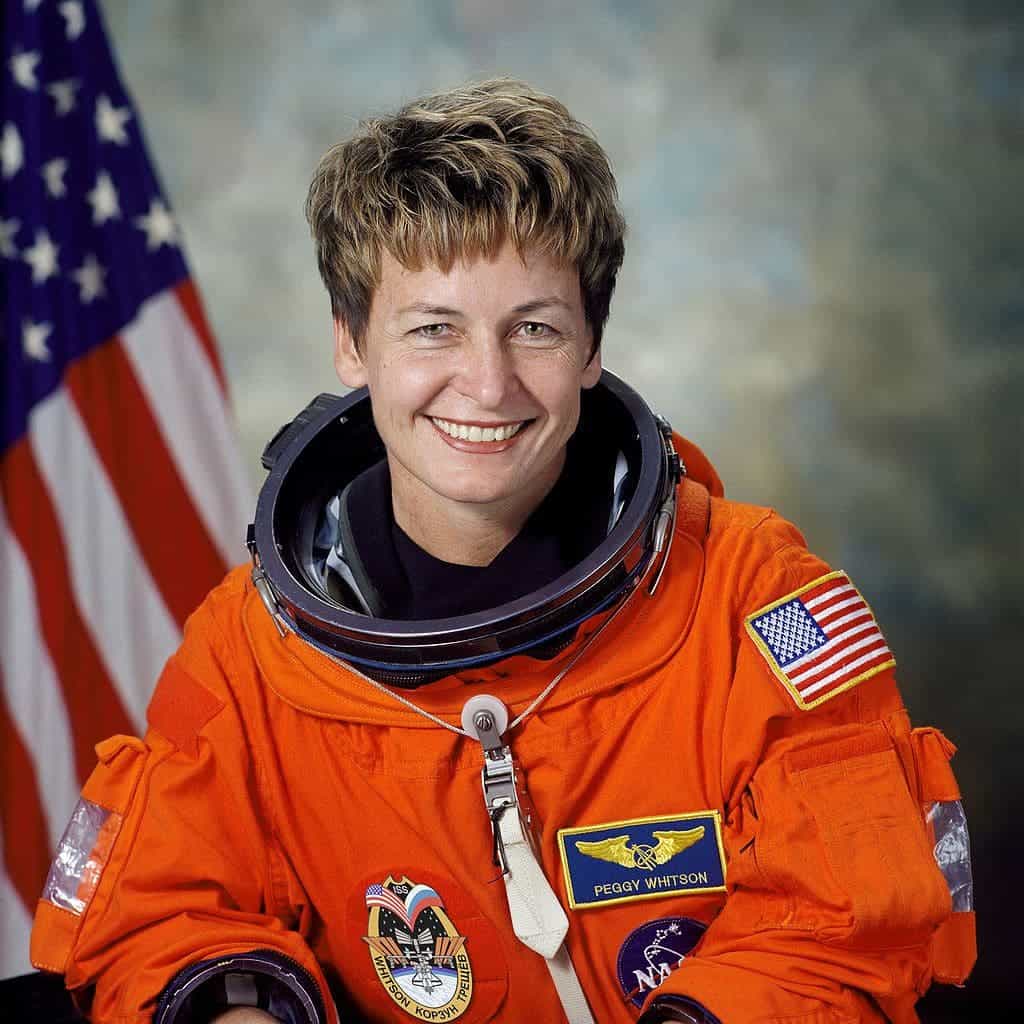NASA’s Peggy Whitson made history by becoming the oldest woman ever to go into space, at age 56. Currently deployed on the ISS, Whitson is also likely to once again gain the distinction of most-time-in-orbit U.S. astronaut.

With a degree in biochemistry and her first trip to space in 2002, Peggy Whitson has spent more than a year of her life in space. She’s the agency’s most experienced female astronaut, and the first female commander the ISS has ever had. She will now embark on her third mission to the station, and will soon take command for the second time. By the time she touches back on Earth in the spring of 2017, her time in orbit will exceed that of Jeff Williams, who in September amassed 534 off-planet days, the most of any U.S. astronaut. And, before her mission is over, she will turn 57 aboard the ISS.
“The Iowa native completed two six-month tours of duty aboard the station for Expedition 5 in 2002, and as the station commander for Expedition 16 in 2008,” NASA describes her career.
“She has accumulated 377 days in space between the two missions, the most for any U.S. woman at the time of her return to Earth. Whitson has also performed six spacewalks, totaling 39 hours and 46 minutes.”
There will probably be a time when regular folk will spend way more than one year in space but the records pioneers like Whitson are setting today are vital to making it happen. So, three cheers for Peggy Whitson!






